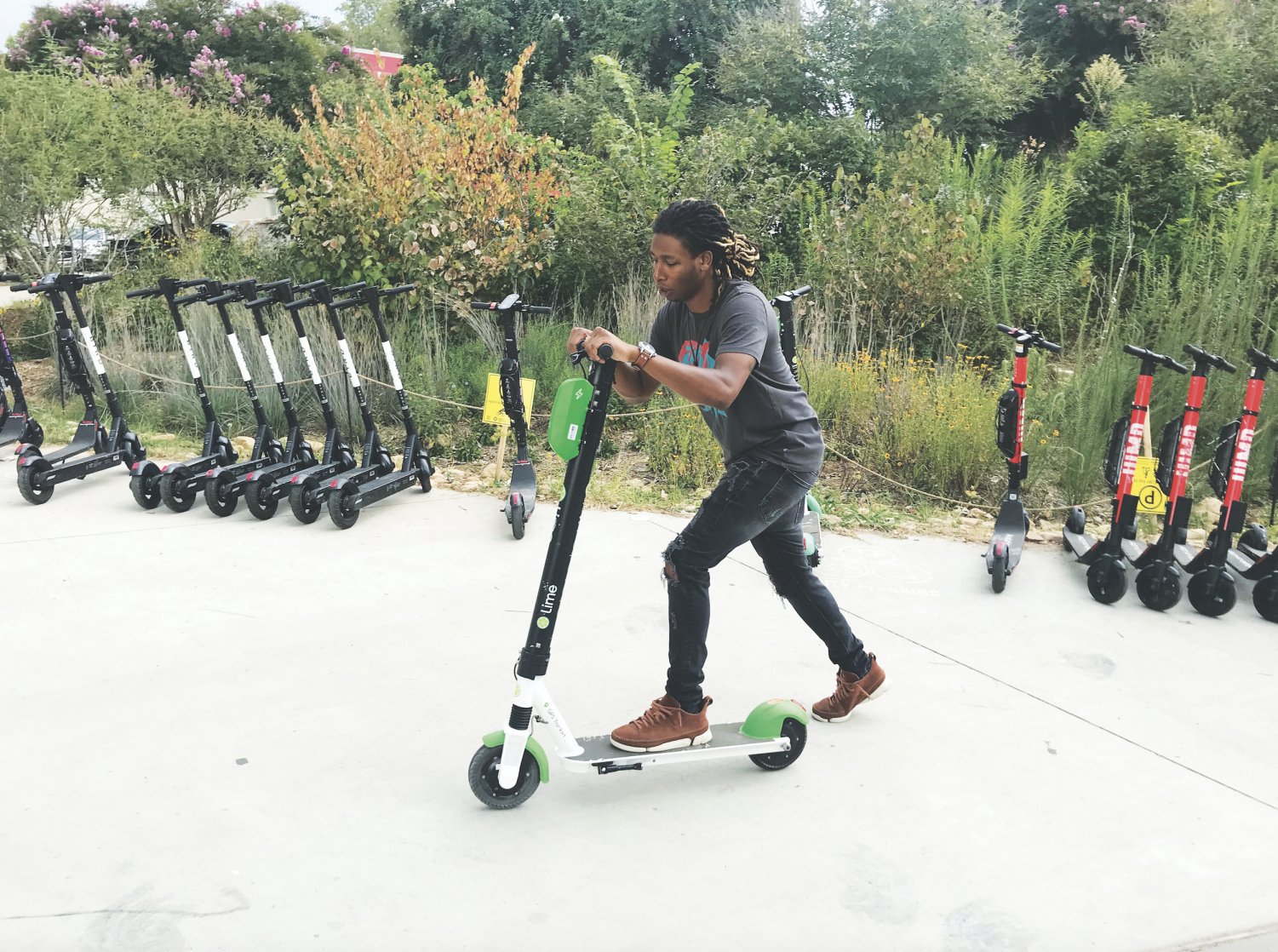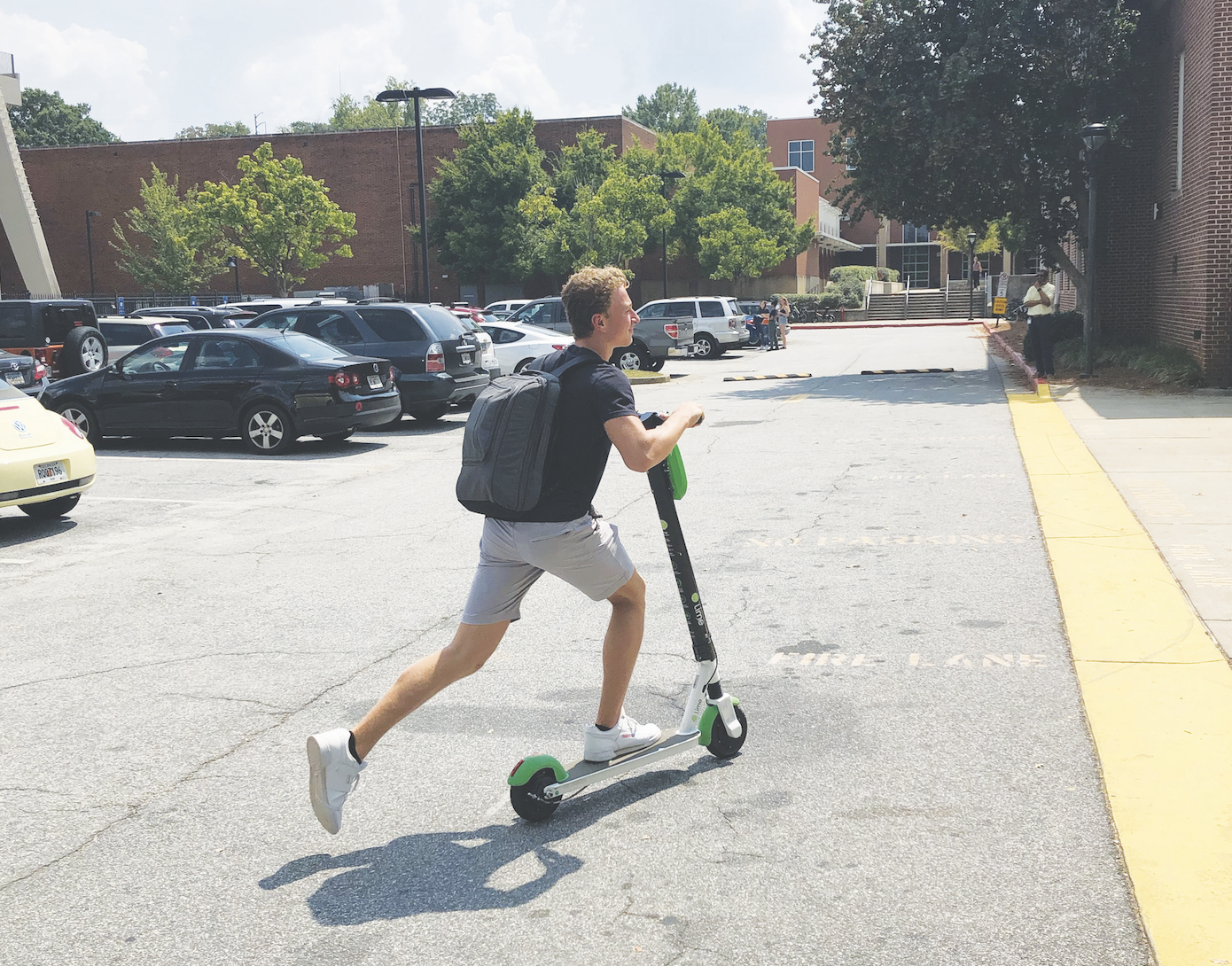The policy has not gone without push back. Niklas Vollmer, a professor at Georgia State University and an advocate for safer streets, is critical of the ban and believes it does not address the real issue.
“I think the mayor’s kind of response [the curfew] is not where it needs to be,” Vollmer said. “We need to be working on safe infrastructure and slowing speeds down, not just banning scooters.”
Keane said the city understands the advantages of e-scooters, but that currently, Atlanta’s streets can’t support the popularity of the dockless vehicles. He views the ban as a temporary solution until the city leaders can improve Atlanta’s infrastructure.
“The City of Atlanta wholeheartedly supports mobility around the city on scooters,” Keane said. “We thought banning them at night was the smart and responsible move, temporarily, until we get some of the other safety measures put in place so people can be as safe as they can be.”
Vollmer said there are two, short-term solutions the city could pursue besides banning scooters. First is lowering the speed limit. Pedestrians are 80 percent more likely to survive a crash with a vehicle if the vehicle is driving 20 mph than if they were driving 40 mph. The second is re-timing the traffic lights for streets that are naturally faster, such as West Peachtree Street, a road that had one e-scooter fatality.
Vollmer has led multiple protests advocating for safer streets. The most recent was a direct response to the e-scooter curfew. It included the artistic symbol of “putting a car to sleep.”
On the steps of Atlanta City Hall, a yellow Volkswagen Beetle was publicly “put to bed” using teddy bears and blankets that displayed three demands for making Atlanta safer. The demands included slowing the speed limit down to 25 mph, implementing the “Complete Streets” project more quickly, and focusing on “Vision Zero,” a movement that works toward zero traffic traffic-related fatalities.
“Enough is enough, and people are being picked off one by one,” Vollmer said. “We are focused on saving lives and getting infrastructure that protects people.”
Atlanta Bike Coalition director Rebecca Serna said the widespread trend of e-scooters has brought attention to the problem presented by cars. Safety issues on Atlanta’s streets have existed much longer than e-scooters have been around. She, too, is concerned the ban is not enough to solve for these dangers.
“The safety issues on our roads are there all the time, not just in those hours,” Serna said. “They are not safe during the daytime and then, suddenly, become dangerous at night.”



